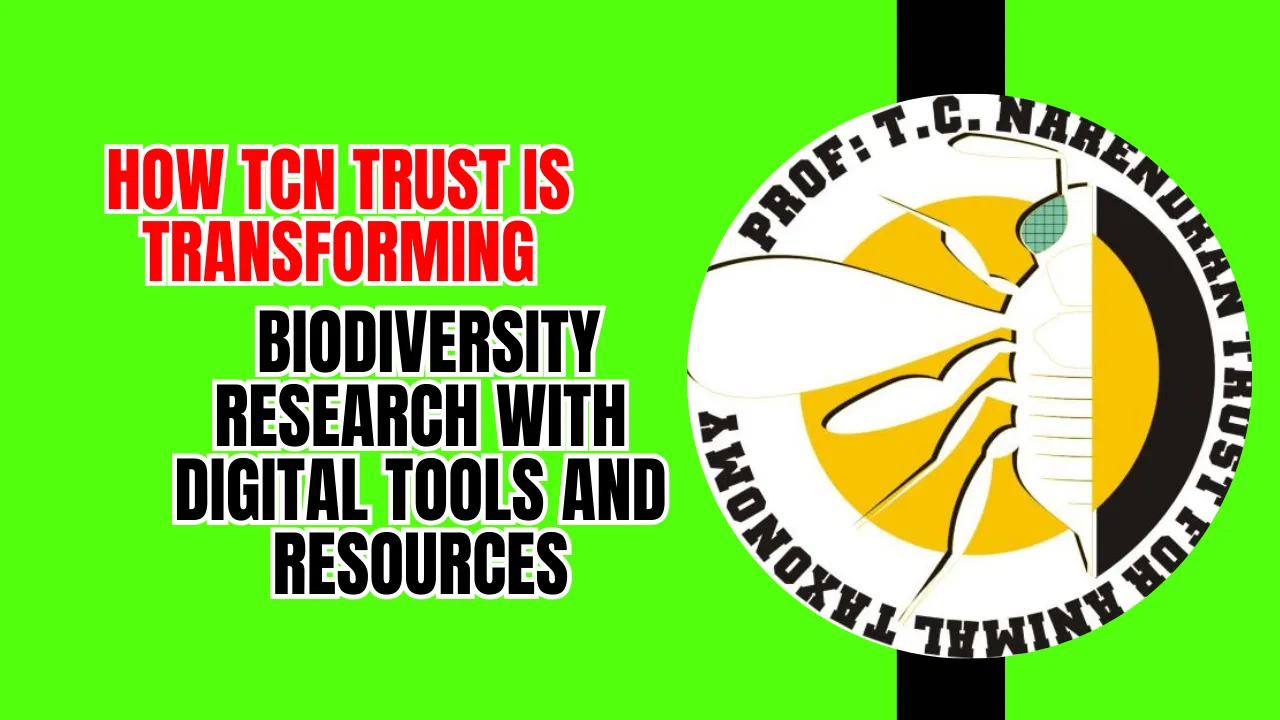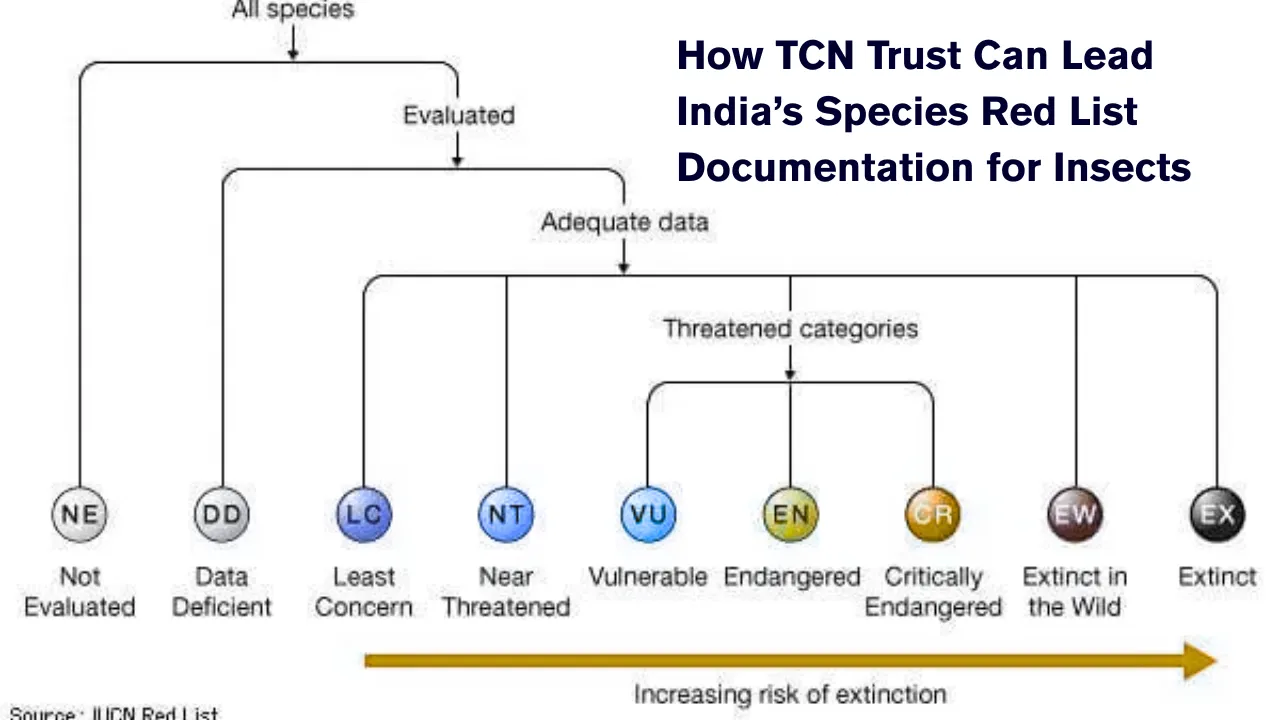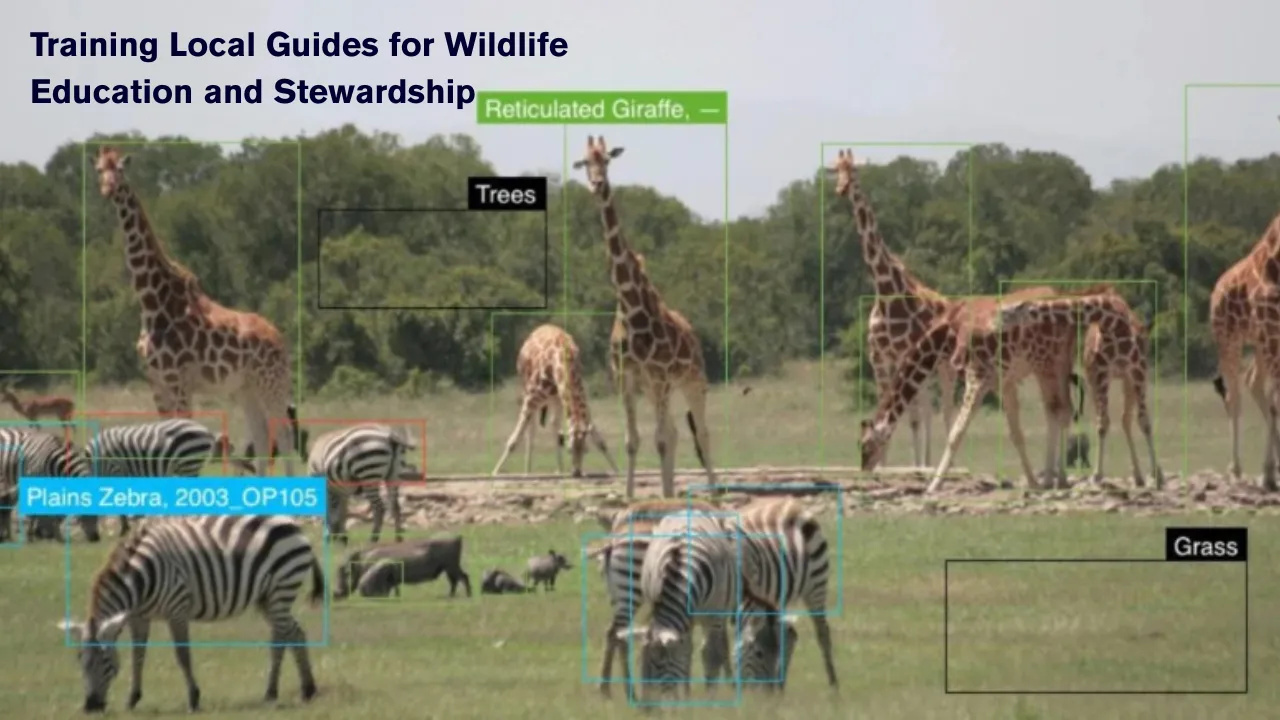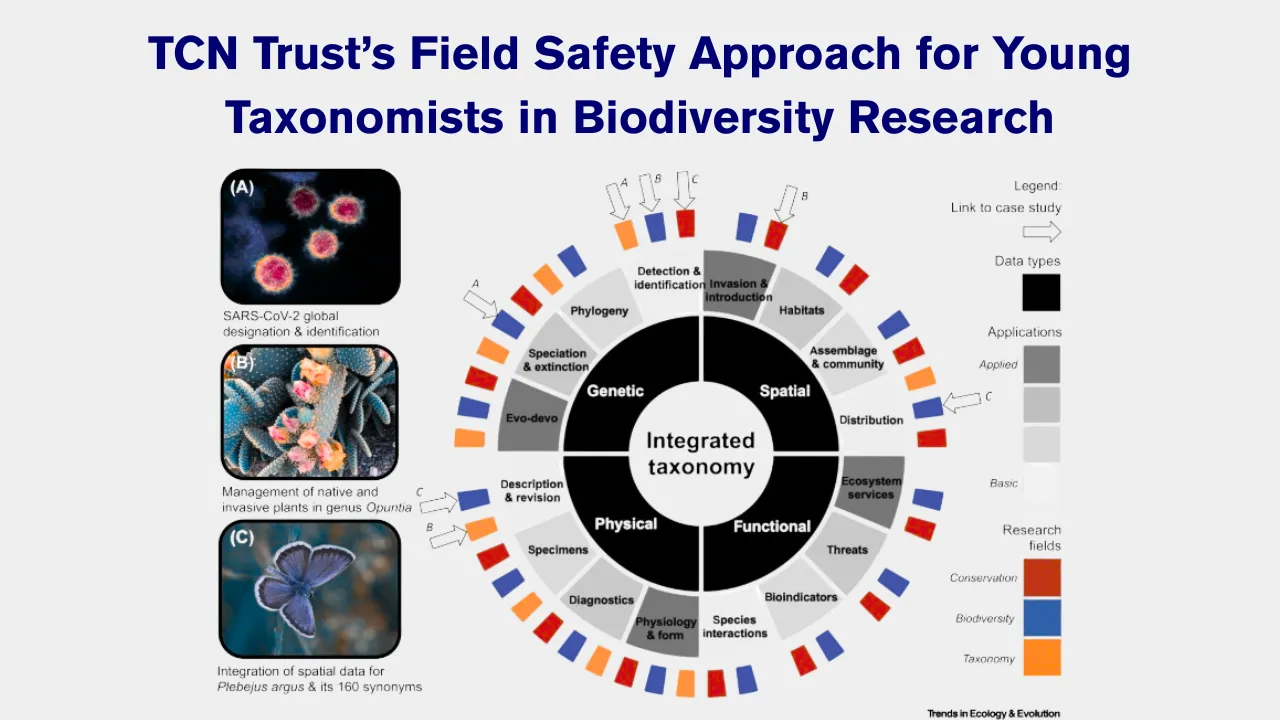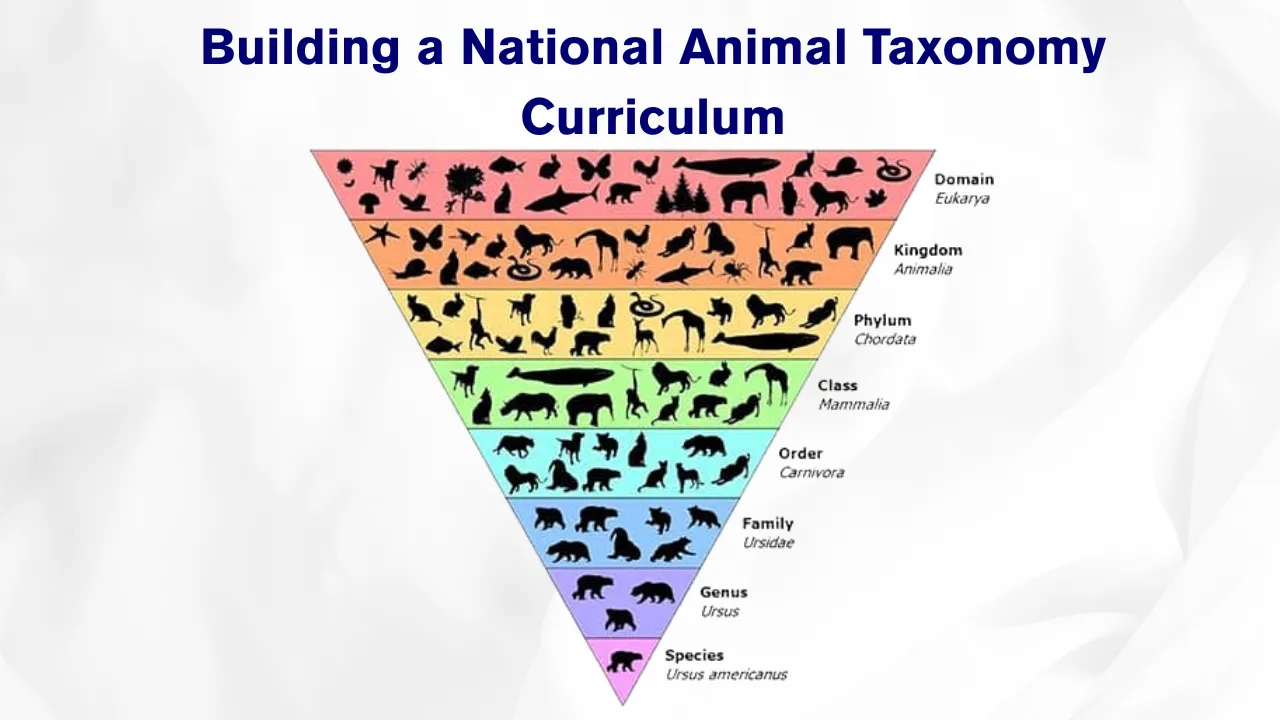Digital Tools and Resources Developed by TCN Trust are significantly changing how biodiversity data is accessed, studied, and shared. In today’s digital world, where information must be accessible, fast, and reliable, the innovations supported by the Trust provide a solid foundation for taxonomic research, ecological studies, and citizen science efforts. These tools offer modern solutions that go far beyond traditional manuals or static databases, supporting the growing needs of biodiversity conservation and research communities.
This article explores the full scope of what TCN Trust offers digitally, including interactive identification keys, robust species databases, e-journals, and technical tools designed for collaboration. Whether you are a field biologist, student, educator, or simply someone interested in nature, this guide gives a complete overview of the powerful digital innovations that are helping to document and protect life on Earth.
Digital Tools and Resources Developed by TCN Trust
The Digital Tools and Resources Developed by TCN Trust are purpose-built to strengthen biodiversity science through technology. By combining software platforms, open-access publishing, and comprehensive biological databases, these tools enable users to identify species, manage collections, and share findings more efficiently. They also support data transparency, ease of access, and global collaboration. From interactive identification keys to modern e-journals and APIs, TCN Trust empowers both professional researchers and everyday users to contribute to biodiversity knowledge.
| Tool/Resource | Purpose | Target Users |
| Online Identification Keys | Help users identify species using step-by-step filters | Students, scientists, hobbyists |
| Biodiversity Databases | Organize and share specimen data | Research institutions, museums |
| E-Journals | Publish peer-reviewed research digitally | Scientists, educators, policy makers |
| APIs and Software Tools | Enable data sharing and integration | Developers, organizations |
| Training Materials | Support effective use of digital tools | General users, educators, students |
Online Identification Keys
Among the most practical digital tools and resources developed by TCN Trust are interactive identification keys. These systems help users recognize plant, insect, and animal species by using filters like size, color, habitat, and shape. Unlike printed guides, which can be bulky or outdated, online keys are regularly updated with new data and photos. They often include intuitive interfaces and are accessible via desktop and mobile devices.
These keys support field research, education, and public engagement, helping non-specialists contribute accurate species records. By linking users directly to taxonomic knowledge, these tools are essential for quick identification and for building a deeper understanding of biodiversity.
Integrated Biodiversity Databases
Another cornerstone in the digital tools and resources developed by TCN Trust is the use of large, searchable biodiversity databases. These platforms manage millions of data entries sourced from museums, universities, and research centers. Specimen records include taxonomy, location, date, and collector details, often paired with high-resolution images and georeferencing tools.
Databases developed or supported by TCN Trust often connect to international networks like GBIF (Global Biodiversity Information Facility). This ensures that local data becomes part of a larger global system. These resources are vital for researchers studying climate impact, species migration, or habitat changes, and they offer a solid framework for comparative analysis.
E-Journals and Digital Publications
TCN Trust has also invested in open-access e-journals that allow scientists to publish and share findings faster than traditional print journals. These journals prioritize transparency and accessibility, removing barriers to knowledge and encouraging collaboration. Articles include detailed images, diagrams, and data supplements, helping readers visualize findings more clearly.
For many researchers, especially early-career scientists or those in resource-limited regions, e-journals offer an important space to reach global audiences. These journals cover taxonomy, ecology, conservation, and related fields, and support the integration of modern tools like DOI linking and citation tracking.
Collaboration Tools and APIs
Collaboration is critical in biodiversity science, and TCN Trust has built tools that encourage data sharing and joint work across institutions. APIs (Application Programming Interfaces) enable third-party apps and services to access real-time data from TCN-supported platforms. This means developers and researchers can build customized tools that plug into existing systems without duplicating effort.
These collaboration tools help unify data from herbariums, zoological collections, and university projects, enhancing connectivity and consistency in research. They also make it easier to monitor data usage, track changes, and maintain version histories, which is crucial for reproducibility and scientific accuracy.
Training and Support Resources
Along with advanced digital tools, TCN Trust offers helpful training materials to make sure users can apply the technology effectively. These resources include written guides, online tutorials, and live webinars. They are tailored for both beginners and experts and cover how to input data, navigate systems, and conduct research with digital tools.
Training ensures long-term use and helps build digital skills across all user levels. It also promotes data integrity by teaching best practices in digitization and record management. By combining education with access, TCN Trust is closing the gap between technology and real-world application.
Two Key Innovations Supported by TCN Trust:
- Symbiota Software Platform
Symbiota is a web-based software that supports the creation and management of biodiversity portals. It connects institutions and enables collaborative data sharing and mapping across collections. - MorphoBank for Comparative Data
MorphoBank is a specialized platform where researchers can build and share morphological datasets. It’s used for studies in phylogenetics, taxonomy, and evolutionary biology, with tools for coding characters and annotating images.
Contribution to Global Research
Through the digital tools and resources developed by TCN Trust, the global research community has gained access to accurate, reliable, and timely data. These resources support initiatives in conservation planning, environmental policy, and education. They also help smaller institutions participate in global science by offering them tools that previously required significant investment.
By lowering the entry barrier, these digital platforms make biodiversity science more inclusive and data-driven. They foster community science and international cooperation, both of which are critical for tackling the biodiversity crisis we face today.
FAQs
What are digital identification keys used for?
They help users accurately identify species based on visual and descriptive filters, improving research quality and public engagement.
Is the data in TCN Trust databases accessible globally?
Yes, most of the databases are open-access and connect with global systems like GBIF for international research collaboration.
Can students use these tools?
Absolutely. The platforms are designed to be user-friendly and are widely used in classrooms, fieldwork, and independent study.
Are the e-journals peer-reviewed?
Yes, all TCN-supported e-journals follow peer-review processes to ensure scientific quality and reliability.
How do APIs help with biodiversity work?
APIs allow external apps to pull live data from databases, making it easier to create tools, visualizations, or research projects that rely on current information.
Final Thought
The digital tools and resources developed by TCN Trust are more than just software or databases. They represent a forward-thinking movement to make biodiversity science open, accessible, and collaborative. These tools support everyone—from museum curators and ecologists to students and citizen scientists—in understanding and protecting life on our planet.
If you’re curious about nature or working in the biological sciences, now is the perfect time to explore these resources. Start with an identification key, browse a database, or dive into an open-access journal. Share your thoughts in the comments, and let us know how these tools have helped your work or learning journey.
